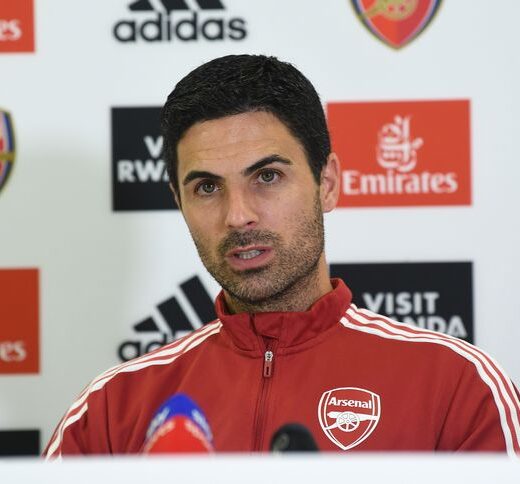
Crude oil prices rose marginally on Monday, driven by comments from Saudi Arabian oil minister, Khalid al-Falih, that an end to the Organisation of Petroleum Exporting Countries (OPEC)-led supply cuts was unlikely before June.
U.S. West Texas Intermediate (WTI) crude oil futures stood at about $56.39 per barrel at 0323 GMT, up 32 cents, or 0.6 percent from their last close on Friday.
Brent crude futures were at $65.04 per barrel, up 30 cents, or 0.5 per cent.
Last December, OPEC members and their non-OPEC allies agreed to cut a total of 1.2 million barrels of crude oil from their supplies based on the October production levels.
While OPEC members agreed to cut about 800,000 barrels, their non-OPEC allies led by Russia resolved to cut their output by 400,000 barrels, in a bid to strengthen crude oil prices, tighten and stabilize the crude oil market.
The resolution was to be subject to a review to either extend the cut by June, or discontinue after the monitoring team has reviewed the impact.
Despite the gains, commodities markets were somewhat held back after U.S. employment data raised concerns that an economic slowdown in Asia and Europe was spilling into the United States, where growth has so far still been healthy.
“Downward revisions in global growth forecasts by OECD and ECB have capped bullish gains,” said Benjamin Lu of Singapore-based brokerage Phillip Futures.
Oil markets have generally been supported this year by this ongoing supply cuts.
The OPEC is scheduled to meet in Vienna on April 17-18, with another gathering scheduled for June 25-26, to discuss supply policy.
Saudi oil minister Khalid al-Falih told Reuters on Sunday it would be too early to change OPEC output policy at the group’s meeting in April.
“We will see what happens by April. If there is any unforeseen disruption somewhere else. But, barring this, I think we will just be kicking the can forward,” Mr Falih said.
Prices were also supported by U.S. energy services firm Baker Hughes’ latest weekly report showing the number of rigs drilling for new oil production in the United States fell by nine to 834.
High drilling activity last year resulted in a more than two million barrels per day rise in production, to 12.1 million bpd reached this February, making the United States the world’s biggest producer of crude oil ahead of Russia and Saudi Arabia.
The slowdown in drilling points to more timid output growth going forward, but because the overall drilling level remains relatively high despite the recent decline, many analysts still expect U.S. crude output to rise above 13 million bpd soon.
“This is the third straight week of decline…after a number of oil producers trimmed their spending outlooks for 2019,” ANZ bank said on Monday.
You may be interested

PSG To Reignite Interest In Osimhen
Webby - December 21, 2024Paris Saint-Germain have contacted Napoli to discuss signing Victor Osimhen in January, according to reports in France.It is reported that…

Arteta Provides Injury Updates On Five Arsenal Players Ahead Palace Clash
Webby - December 20, 2024Arsenal manager Mikel Arteta has revealed that Declan Rice and Riccardo Calafiori are both available to be in the Gunners…

Carabao Cup: Spurs Edge Man United In Seven-Goal Thriller To Reach Semi-finals
Webby - December 19, 2024Tottenham Hotspur edged Manchester United 4-3 in the quarter-finals of the Carabao Cup on Thursday.Spurs raced to a 3-0 lead…




















![American Pastor, David Wilson Seen Eating The Box Of Woman Who Isn’t His Wife [Video]](https://onlinenigeria.com/wp-content/uploads/2019/10/american-pastor-david-wilson-seen-eating-the-box-of-woman-who-isnt-his-wife-video-150x150.jpg)






![Japanese Police Blocks Protesting IPOB Members From Attacking President Buhari [Video]](https://onlinenigeria.com/wp-content/uploads/2019/08/japanese-police-blocks-protesting-ipob-members-from-attacking-president-buhari-video-150x150.jpg)



Leave a Comment